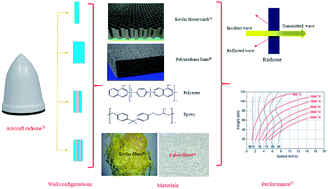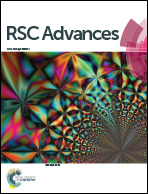Composite materials for supersonic aircraft radomes with ameliorated radio frequency transmission-a review
Abstract
Encompassment of radar communication in modern avionics provides the backbone for safe flight and tactical warfare. In the past few decades radar technology has achieved commendable precision and sophistication, but efficient communication relies upon effective transmission of electromagnetic waves through materials shielding the antenna and exhibiting high transparency for radio/microwaves. Since the structure of radomes in supersonic aircraft is dominated by aerodynamic standards, numerous challenges are encountered while selecting the materials apposite for construction having superior mechanical strength and resilience while displaying the minimum influence on the transmission profile of radio waves. The radome structure of aircrafts is subjected to sudden acceleration, drag forces and erosion due to rain and dust, which change the transmission characteristics due to change in shape/thickness of the structure. The problems are further complicated by the advent of supersonic/hypersonic aircrafts and missiles where high strength preservation and structural integrity is necessary at temperatures in excess of 350 °C. This review systematically throws light on the composite materials and existing technologies employed for the fabrication of high strength, low dielectric loss sandwich radomes for supersonic aircrafts.


 Please wait while we load your content...
Please wait while we load your content...